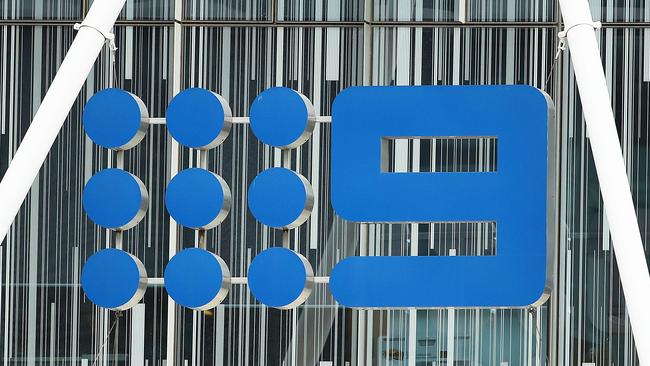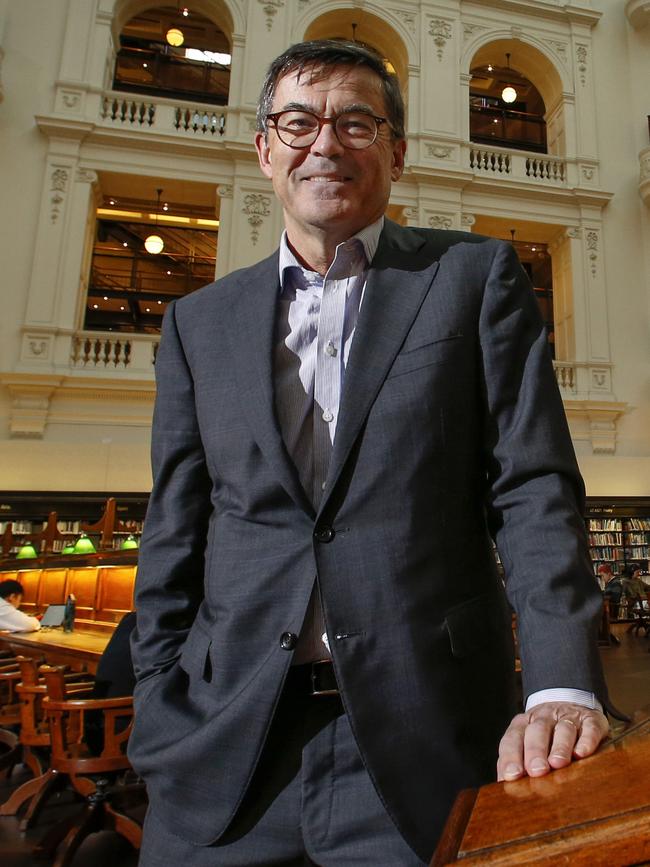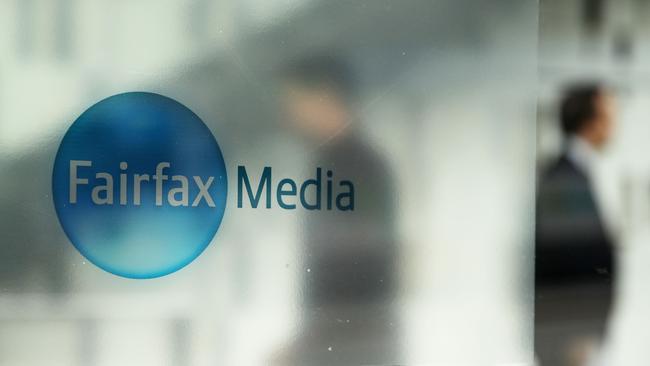
That is, all of its parts from television, publishing, streaming, radio and a two-thirds holding in Domain make no sense together. They are regarded as being worth more owned by someone else than the value in having them all sitting under the same roof.
The discount from Nine’s sum of parts value (around $1.65 per share) to the actual share price ($1.26) had become too hard to ignore, as there was little on the horizon to reverse the trend.
And that’s why John Wylie’s Tanarra Capital has taken an interest in Nine.
Given Wylie’s history of firmly agitating for change, this is looking to be a make or break-up year for Nine.
As Nine gears up for its Australian Open ratings season, its bankers are busy working up its defence options. Wylie has declined to comment.
Nine’s problems boil down to its core business – television. At around $1bn a year, it’s costly to run and earnings are falling away as its audience and advertisers are fast tuning out. It’s not Nine’s problem alone; free-to-air broadcasters around the world are facing the same pressures.
The rise of streaming services, YouTube and social media has up-ended younger viewer habits. At the same time, advertisers are searching for targeted digital solutions over costly mass-marketing campaigns.

Nine’s share slump – down 36 per cent over the year – means the investment market is essentially putting a value on its flagship television assets of close to zero.
Investors are more excited about the 9Now playback business, which generates just a fraction of the revenue of television and relies on free-to-air for its content. Its publishing business, that takes in the Sydney Morning Herald and The AFR acquired six years ago, is now a much more important piece of Nine’s valuation – and its ability to generate cash – than TV. However, the overlap between publishing and broadcast media has proved to be limited.
Add in the cultural problems across television which take significant management attention, and it means Nine’s namesake is becoming its biggest headache.
Still, acting chief executive (and former strategy boss) Matt Stanton opted to double down with television, although of a much different kind.
In recent months, Nine made a serious play for Foxtel during the News Corp-led sales process of the pay television operator.
Here, Stanton was betting Foxtel could be the business needed to become the bridge between his old-world television operations and the Stan streaming arm.
Stan cash
Stan continues to require heavy investment as it faces intensifying competition on the audience side from services like Netflix, Disney+ and Paramount Plus fighting it out in the local market. Meanwhile, Warner Bros Discovery is set to launch its own Max streaming service here in the coming months, adding more spark to the fight.
Foxtel got in early by extending its long-term content deal with Warner Bros Discovery two years ago, allowing it to hold on to first-run content on the Binge streaming platform from Warner Bros’ HBO and other studios.
Meanwhile, Stan’s much-hyped sports play has struggled to make inroads against Foxtel’s Kayo as it only has limited sports content on offer.
But it was News Corp’s blockbuster Foxtel sale shortly before Christmas that has again stirred up a media sector. (News Corp is the owner of this publication).

The thing that caught many off guard in the sale to UK sports streamer DAZN for an enterprise value of $3.4bn was that it translated to a far higher earnings multiple than anyone had imagined.
It valued Foxtel at seven times 2024 earnings, whereas many in the market had put a valuation figure much closer to broadcast television territory of low single digits.
This is far more than Stanton was banking on, and with Nine’s shares sitting at multi-year lows a capital raising to fund the deal would be out of the question. Still, it means where the market is undervaluing an asset, value can still be found in the right hands.
The privately owned DAZN plans to use Foxtel to help build up its global sports streaming ambitions, and a stockmarket listing is on the agenda in a few years.
The Foxtel sale still needs regulatory approval, however it dramatically simplified News’ conglomerate structure. It means earnings too are being generated by higher-valued businesses, including Dow Jones, REA and digital news publishing.
Wylie knows more than many about the value of break-up and change in strategy.
He was able to shape the narrative at Lendlease, even with a small stake, pushing for the exit of long-time chair Michael Ullmer, and forcing the builder to turn its back on expanding offshore strategy and put a great focus on capital management. Other shareholders like Allan Gray and David Di Pilla’s HMC Capital were pushing for change, although Wylie was the loudest.
On UBS numbers, the combined television and NineNow could fetch $440m, Stan about $1bn, publishing just over $900m; while the 66 per cent stake in Domain at current market value is worth about $1.1bn. Nine’s market capitalisation is a touch under $2bn.
The difference here is that Nine’s billionaire backer Bruce Gordon’s Win Corp has close to a 25 per cent stake through both a direct ownership (14.95 per cent) and another 10 per cent in the form of a cash-settled equity swap. Wylie will be exploring break-up value and what deals can be struck to lift Nine closer to what it should be worth.

The first line of Nine’s defence will be to name a full-time chief executive, and the post is widely seen as Stanton’s to lose – particularly for seeing through the cultural review which highlighted problems stemming from its television business. An announcement on the CEO is expected during Nine’s interim results next month.
The second leg will be to cut deeper into television, where revenue and earnings are under the most pressure. Some $100m is being targeted over the next two years and there’s more scope for savings.
The third defence will be asset sales or deals, with lower yielding businesses, including radio representing an easy – if not small – chop to help pay down debt. The long-underperforming Domain, which has frustrated many, could be let loose or at least partially sold down.
At the same time Stanton, if he secures the top job, has shown he has been prepared to go bigger with buyouts.
A more radical play would be a full sale of Nine’s television operations to Gordon’s Win Corp, finally giving the regional broadcaster control of the national business it has long coveted.
For Nine this still doesn’t solve the longer-term problem of Stan’s positioning in an increasingly crowded market. However, it leaves Nine with a simplified structure and earnings generated from higher-value businesses.
Ironically, if Nine jettisoned its namesake broadcasting operations today, the business left over would look and feel like the old Fairfax Media it acquired for $2.1bn all those years ago.
But that’s the longer-term story of media – where reinvention is key to survival.
eric.johnston@news.com.au




For much of the past year, Nine Entertainment has been trading as a break-up opportunity.